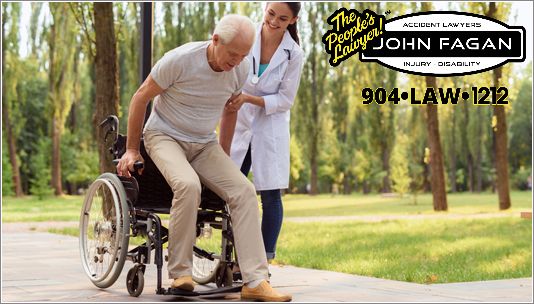Seventy year old Joan lay at the bottom of her stairs for two days before her daughter came to check on her. She had slipped at the top of the stairs, falling and breaking her back. Now living alone and taking care of herself is not possible.
Larry, age 68, tripped on a sidewalk crack in front of his house, crushing his kneecap. After surgery and months in convalescent facility, Larry was able to return home to modified activity and home health care supervision.
The center for disease control and prevention reports that
“Each year, an estimated one third of older adults fall, and the likelihood of falling increases substantially with advancing age. In 2005, a total of 15,802 persons aged 65 years died as a result of injuries from falls. However, the number of older adults who fall and are not injured or who sustain minor or moderate injuries and seek treatment in clinics or physician offices is unknown.”
In their article on “Home Safety for Seniors”, Age Safe America announced the following statistics:
“Falls account for 25% of all hospital admissions and 40% of all nursing home admissions. 40% of those admitted will never return to independent living and 25% will die within one year.”
Fall injuries in older adults is the most common type of injury that dramatically changes their quality of life and at times their life style. Where once they could drive a car, do their own shopping and live alone in their home, the injury sustained may make that impossible. It is also a great concern for the seniors family and those who are specifically caregivers to their senior parents.
There are simple preventive things that can be done in the home to prevent falls, such as:
Remove rugs from halls and pathways throughout the house Install sturdy rails on both sides of the stairs and lighting on the stairs to increase visibility Repair cracked sidewalk area outside the home. Install handrails in the bathroom and areas of the home where help with stability is needed.
Because of the serious trend in elder adult injuries the Center for Disease Control and Prevention has developed a program called Steadi (stopping elderly accident deaths and injuries). They provide information and training to health care providers and caregivers to identify the risks factors and effective interventions to prevent falls and accidents.
There is a lot of information and statistics on their website that can be downloaded at cdc.gov/steadi/patient.html
These brochures would be excellent to give to your elderly parents and friends a well as those who are their caregivers.
Join our Council to list your services on the web and access hundreds of our free articles.
Seniors and caregivers search online everyday for eldercare services and frequently find the National Care Planning Council. Each month, we provide resources to over 40,000 visitors. Our site offers a place for professionals to advertise their services to the public.
The tools and training in our Successful Senior Marketing System are designed to provide you with several ways to promote your services, make group presentations in your community, and organize a local care planning council of professionals.
The Life Resource Planning System consists of helping aging seniors and their families prepare for their later years by planning for long term care, accessing government benefits, finding sources of funding, setting aside money for death benefits, preserving assets, and preparing for the possibility of Medicaid. Through this process, you will act as a problem-solver rather than a sales-person. You may charge a fee for each plan you produce if you choose.
Senior Services provided by Members of the NCPC About the NCPC
The National Care Planning Council and its affiliated members are dedicated to helping families recognize the need for long term care planning and to helping implement that planning. A genuine concern for those who are in need of (or may need) long term care are at the heart of our services.
Our Statement of Purpose:
(1) To promote a public awareness of the need for long term care planning
(2) To provide materials to educate the public on how to plan for long term care
(3) To provide support to member eldercare experts who help the public plan for long term care






